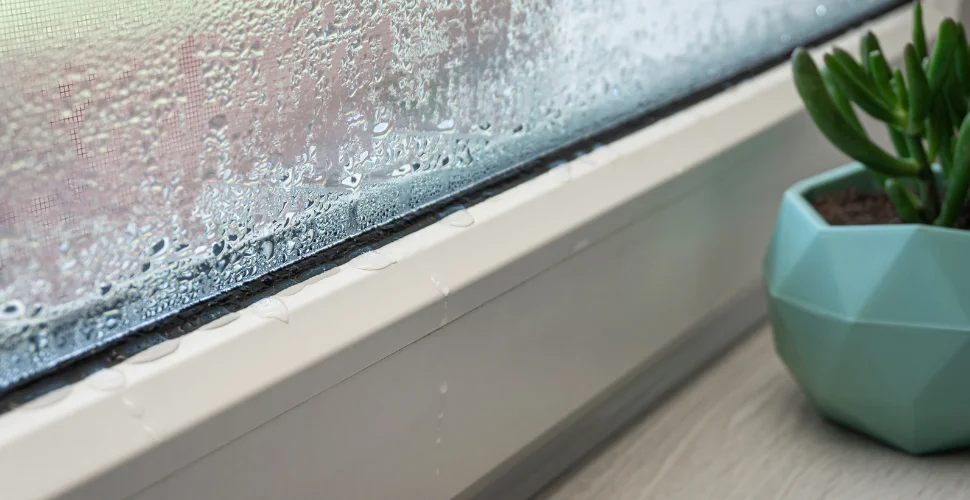How to Stop Condensation on Windows
-
 Nvery & Tina Collins
Nvery & Tina Collins - 12 Oct, 2024

Condensation on windows can be a common issue, especially during the colder months. It not only obstructs your view but can also lead to mold growth and damage to window frames. Understanding the causes of condensation and how to prevent it can help maintain a comfortable and healthy indoor environment. This guide provides effective tips and solutions to reduce condensation on your windows.

1. Understanding the Causes of Window Condensation
Condensation occurs when warm, moist air comes into contact with a cold surface, such as a window. The moisture in the air condenses into water droplets, which can lead to the following issues:
- Mold Growth: Excess moisture can encourage the growth of mold, which poses health risks.
- Damage to Window Frames: Prolonged condensation can damage wooden frames and sills.
- Unpleasant Aesthetics: Water droplets obstruct your view and can create a messy appearance.
2. Preventing Window Condensation
To prevent condensation, consider the following tips:
-
Increase Ventilation:
- Open windows when possible to allow fresh air to circulate.
- Use exhaust fans in kitchens and bathrooms to reduce humidity levels.
-
Use Dehumidifiers:
- A dehumidifier can help reduce indoor humidity levels, especially in areas prone to moisture.
-
Maintain Consistent Temperatures:
- Keep your home at a consistent temperature to minimize temperature differences between indoor air and window surfaces.
-
Seal Windows Properly:
- Ensure windows are well-sealed to prevent drafts and temperature fluctuations.
- Consider using weatherstripping or caulking to seal gaps.

3. Adjusting Indoor Humidity Levels
Monitoring and controlling indoor humidity levels can significantly reduce condensation:
- Ideal Humidity Range: Aim to keep indoor humidity levels between 30% and 50%.
- Use Humidity Sensors: Place humidity sensors in various rooms to monitor moisture levels.
4. Using Thermal Windows or Window Treatments
Investing in thermal windows or using window treatments can help minimize condensation:
- Thermal Windows: These windows are designed to provide better insulation and reduce temperature differences.
- Curtains and Blinds: Use insulating curtains or blinds to help keep warm air inside and prevent cold air from coming into contact with window surfaces.
5. Immediate Solutions for Existing Condensation
If you already have condensation on your windows, here are some immediate solutions:
- Wipe Windows Regularly: Use a squeegee or a dry cloth to wipe away moisture daily.
- Apply Anti-Fogging Solutions: Consider using commercial anti-fogging sprays designed for windows.
Conclusion
Condensation on windows can be a frustrating issue, but with the right prevention strategies, you can minimize its occurrence. By improving ventilation, managing humidity levels, and investing in proper insulation, you can keep your windows clear and enhance your indoor environment. Stay proactive in maintaining your windows to enjoy a comfortable and moisture-free home.

Summary
This article explores the causes of window condensation and offers practical tips for preventing and managing it. By implementing the recommended strategies, you can keep your windows clear, reduce moisture buildup, and improve your home’s overall comfort.


